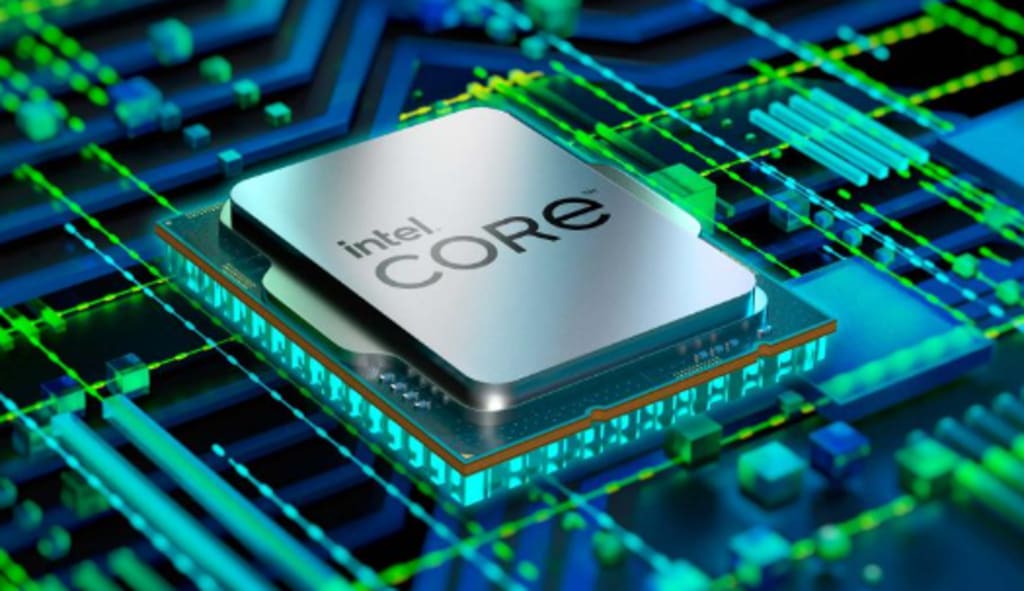Revolutionizing the Graphics Arena
A Deep Dive into AMD vs. Intel iGPUs and the Future of Integrated Graphics

In recent times, there has been a notable shift in the integrated graphics processing unit (iGPU) market, with Intel facing challenges and losing ground to competitors since the advent of AMD's Accelerated Processing Units (APUs) featuring integrated graphics. AMD's ascendancy, particularly with the Vega iGPU family and later RDNA technology, has propelled them into novel device categories, including Mini PCs and handhelds, showcasing superior graphics performance.
Intel, recognizing the need to bolster its iGPU capabilities, responded with the introduction of Arc iGPUs in the Core Ultra family. This move aimed to rectify the perceived weakness in Intel's Iris Xe solutions on the graphics front. Intel CPUs, known for their commendable performance and reliability in both single- and multi-core tasks, often boast higher clock rates, larger cache sizes, and superior turbo boost capabilities, contributing to more responsive and efficient PCs.
On the other hand, AMD CPUs stand out for their cost-effectiveness and occasional proficiency in multi-core desktop scenarios. Furthermore, their lower power consumption, advantageous for notebooks with limited battery life, adds to their appeal.
RDNA 3, a key development from AMD, brings specialized AI acceleration through Wave MMA instructions. This enhancement significantly improves AI-based performance by a factor of 2.7 and incorporates support for ray tracing instructions. Intel's response includes the incorporation of three "Xe-LPG" codenamed Arc Alchemist iGPU configurations within the Intel Core Ultra "Meteor Lake" CPUs. These configurations, with eight, seven, and four cores respectively, showcase the potential for significant performance scaling when coupled with higher bandwidth memory like LPDDR5X, turbocharging up to 2350 MHz, particularly in the case of Core Ultra 9 185H.
These GPUs also support essential features such as DX12 Ultimate, XeSS (DP4a), and AV1, establishing them as integral components of Intel's latest processors. Gaming benchmarks, rather than the commonly seen artificial intelligence benchmarks, take center stage in this discussion. The results from Golden Pig Upgrade's gaming tests on Core Ultra 7 155H and Core Ultra 5 125H CPUs provide insights into the competitive landscape at 1080p resolution with varying settings.
Interestingly, the AMD RDNA 3 and Intel Arc iGPUs demonstrate highly competitive performance, with equal splits in victories for top configurations in low 1080p settings. Notably, the Arc iGPU on the Core Ultra 7 155H outperforms in seven out of eight games tested at 1080p High, even surpassing the RDNA 3 graphics solution on the Core Ultra 5 125H. A graphics ladder comparison indicates the impressive speed of Meteor Lake CPUs, closely trailing NVIDIA's MX solutions and the discrete GTX 1650 Max-Q GPUs.
With a clock speed difference of 100 MHz between Core Ultra 9 185H and Core Ultra 7 155H, expectations rise for even greater performance, especially when utilizing faster memory. However, it's crucial to acknowledge that these high-performing laptops come at a premium price point, a consideration that places AMD in a potentially advantageous position with its Ryzen 7040/8040 family of laptops.
Examining power efficiency statistics reveals interesting dynamics. While AMD Ryzen 7040 "Phoenix" CPUs outperform Core Ultra 100H CPUs in the graphics sector at TDPs of 28W or above, AMD takes the lead at TDPs of 25W or less. In the 9–15W TDP range, Intel's Core Ultra 100U CPUs demonstrate greater power efficiency, making them potentially well-suited for entry-level and handheld devices set to be released in the coming months.
Noteworthy gaming performance tests conducted by various tech sites showcase AMD's RDNA 3 iGPU standing admirably against Intel's Core Ultra Arc iGPU. Competitions such as Dave2D, HardwareCanucks, and Jarrod's Tech highlight not only competitive positioning against AMD's RDNA 3 GPUs but also commendable performance gains over the previous generation Iris/UHD GPU solutions.
These findings shed light on AMD's strategic decisions, possibly maintaining RDNA 3 GPU specifications and clock speeds for the Ryzen 8040 "Hawk Point" update. With the promise of ongoing improvements through driver updates from both AMD and Intel, the iGPU market is poised for further advancements and intensified competition.
This evolution holds particular significance for the next generation of handheld gaming devices that will leverage iGPU systems built on AMD RDNA 3 and Intel Arc architectures. The potential of Intel's Arc iGPUs, capable of scaling up to 115W with the Core Ultra 9 185H, offering unrestricted access to greater power, raises expectations for significant performance gains and impressive overclocking capabilities.
The imminent release of Min PCs will be a fascinating aspect to observe, providing a glimpse into the potential trajectory of these iGPUs. As more devices and solutions hit the market in the future, users can anticipate further upgrades and innovations, hinting at the exciting developments yet to unfold in the realm of integrated graphics.
About the Creator
Enjoyed the story? Support the Creator.
Subscribe for free to receive all their stories in your feed. You could also pledge your support or give them a one-off tip, letting them know you appreciate their work.





Comments
There are no comments for this story
Be the first to respond and start the conversation.